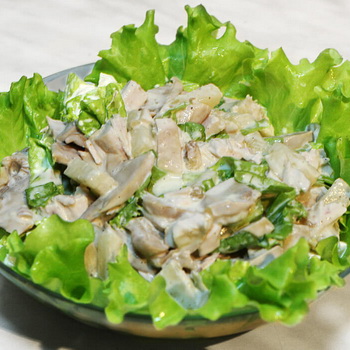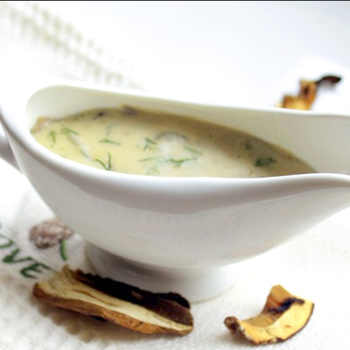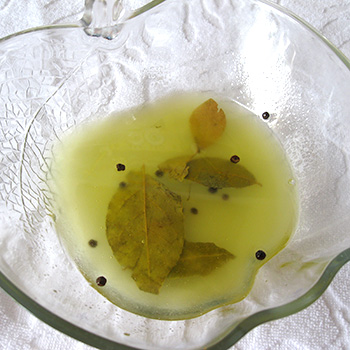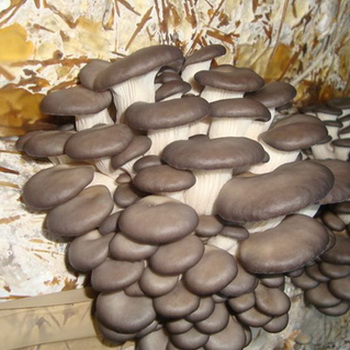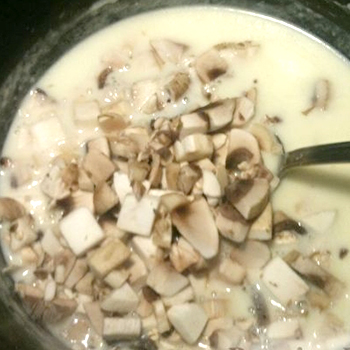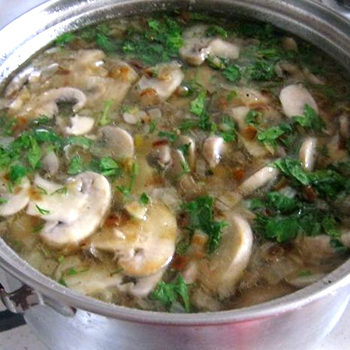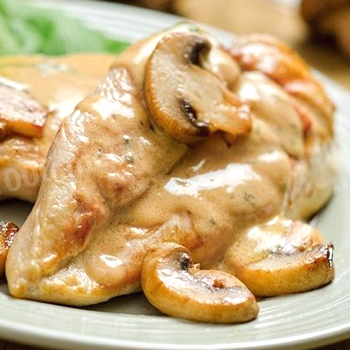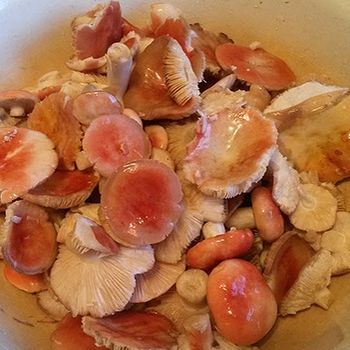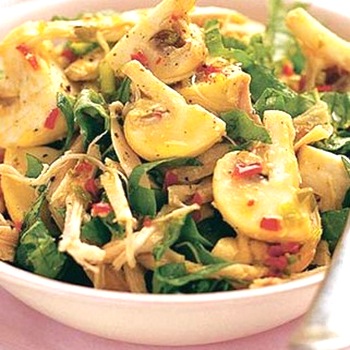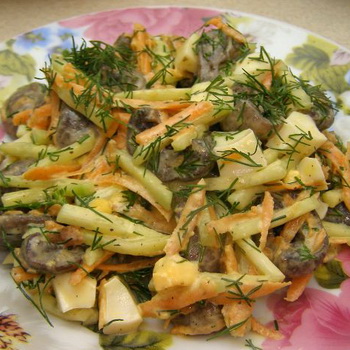Inedible russula: photo and description of the burning-caustic (emetic), birch and blood-red russula
 In the minds of many, the opinion has taken root that russula are exclusively edible mushrooms, because their very name speaks for itself: these mushrooms can be eaten raw, therefore, they are safe. Indeed, even inedible russula do not contain toxic substances, but it is still not recommended to eat them because of the unpleasant, bitter, sometimes very pungent taste.
In the minds of many, the opinion has taken root that russula are exclusively edible mushrooms, because their very name speaks for itself: these mushrooms can be eaten raw, therefore, they are safe. Indeed, even inedible russula do not contain toxic substances, but it is still not recommended to eat them because of the unpleasant, bitter, sometimes very pungent taste.
On this page, we will tell you about which russula are inedible (pungent-caustic, birch, blood-red and others), where they grow, and also show the inedible russula in the photo.
Caustic russula (pungently caustic, emetic) and its photo
Category: inedible.
Caustic russula (Russula emetica) often called pungent russula or pungent russula.
Mushroom cap (diameter 5-10 cm): red, purple, or hot pink.


Pay attention to the photo of a caustic (vomit) russula: the edges of the cap are usually lighter than the center. Depending on the age of the fungus, it can be hemispherical, slightly convex, prostrate or depressed. The peel is sticky and moist, it is easily separated from the pulp.
Leg of caustic (vomit) russula (height 4-7 cm): very brittle, hollow, cylindrical. Usually white, but can be pinkish at the very base.
Plates: white, wide, medium frequency.


In the photo of the pungent russula, it can be seen that its flesh is whitish and very thin, in young mushrooms it is dense, but becomes loose with age. It does not have a pronounced aroma, it tastes very pungent.
Doubles: absent.
When it grows: from mid-July to the end of September in almost all European countries.
A pungent russula can be found: in damp places of coniferous and mixed forests.
Eating: it is considered inedible due to its pungent and bitter taste, but some mushroom pickers use russula after boiling for a long time.
Application in traditional medicine: does not apply. Top view of pungent russula
Blood-red russula mushroom
Category: inedible.
Name blood red russula (Russula sanguinea) translated from Latin means "bloodthirsty" or "bloodthirsty".
Hat (diameter 5-11 cm): various shades of red - pink, crimson, scarlet or carmine, but in hot weather can fade to a pale pink. In dry weather, matte, and in wet weather, shiny and slightly sticky. Fleshy, smooth or slightly wrinkled. In young mushrooms it has a hemispherical shape, and in older mushrooms it is open or slightly depressed. The skin is easily peeled off only at the edges, wavy or slightly ribbed.


Look at the photo of this inedible mushroom: russula blood-red has a solid, smooth leg of a bright pink hue (less often grayish), from 3 to 8 cm high. The shape of the leg is cylindrical or clavate.
Plates: narrow and frequent, white or cream colored, sometimes with yellow spots.
Pulp: dense and white, odorless, but with a pungent taste.
Doubles: pink-footed russula (Russula rhodopus) with a pleasant mild taste, the cap of which shines even in dry weather; marsh russula (Russula helodes) with a lighter stalk, growing exclusively among mosses; russula brownish (Russula xerampelina) with a darker color and the smell of raw herring.
Application in traditional medicine: does not apply.
Other names: russula sardonyx.
When it grows: from mid-August to late September.
Where can I find: on sandy and acidic soils of pine and mixed forests, occasionally in open spaces.
Eating: the mushroom is inedible.
Inedible mushroom russula spicy (Russula sardonia)
Category: inedible.


Cap of russula (Russula sardonia) (diameter 4-10 cm): lilac, light purple, purple, the center can be almost black or with a greenish tint.
In young mushrooms, the cap is convex, in adults and old ones it is slightly depressed. Edges are either smooth or slightly ribbed. The skin grows very tightly to the pulp.
Leg (height 4-9 cm): solid, even and smooth, pink or purple.
Plates: frequent and narrow, yellow.
Pulp: yellow and very pungent.
Doubles: absent.
When it grows: from late August to early October practically throughout the temperate zone of the Eurasian continent.


Where can I find: on sandy soils of pine or spruce forests.
Eating: the mushroom is inedible.
Application in traditional medicine: does not apply.
Birch russula mushroom (Russula betularum)
 Category: inedible.
Category: inedible.
Birch russula hat (Russula betularum) (diameter 3-7 cm): from beige or yellow to pinkish or with a lilac tint. Like other russula, in young mushrooms it is slightly convex or hemispherical, and over time it becomes almost flat or slightly depressed. The skin, slippery in wet weather, easily peels off the pulp.
Leg (height 3-9 cm): in the form of a cylinder or club, usually white. Very fragile, depending on the age of the fungus, it can be either solid or hollow.
Plates: white and dense, can be attached or almost completely free, and sometimes ragged.
Pulp: white, very fragile and pungent in taste. Has a scent similar to that of fruits, honey or coconut.
Doubles: related russula most graceful (Russula gracillima), brittle (Russula fragilis) and caustic (Russula emetica). The most graceful one differs from birch in a paler color and smaller in size. In a brittle skin, only half of the cap is easily removed from the cap, and a caustic russula, larger and more intensely colored, grows next to conifers.
Where can I find: in damp places in the forest or near swamps. As the name implies, it prefers to grow next to birches.
Eating: very pungent, therefore not used in cooking.
When it grows: from mid-June to early October. Listed in the Red Data Books of Denmark, France, Norway
Application in traditional medicine: does not apply.

